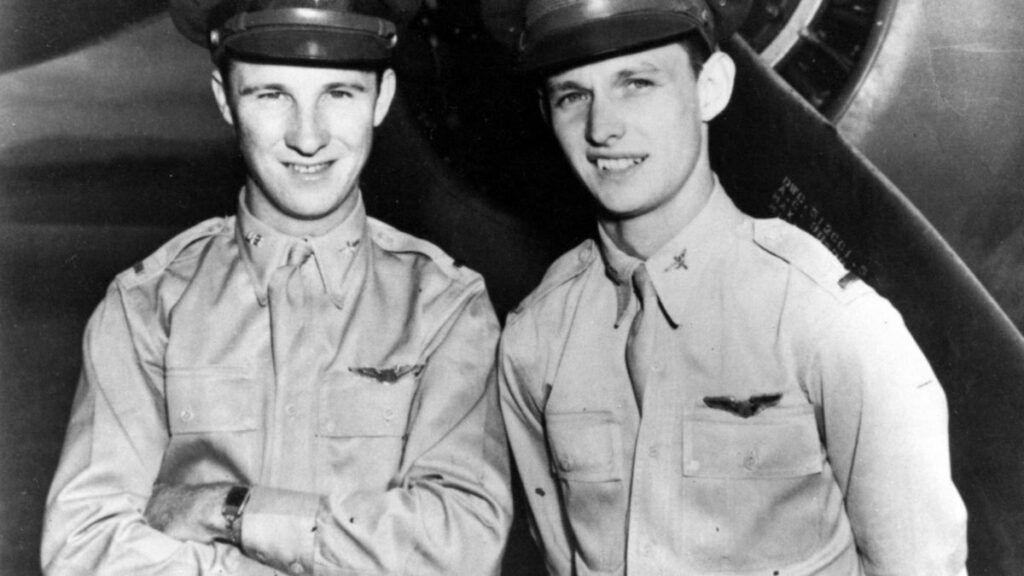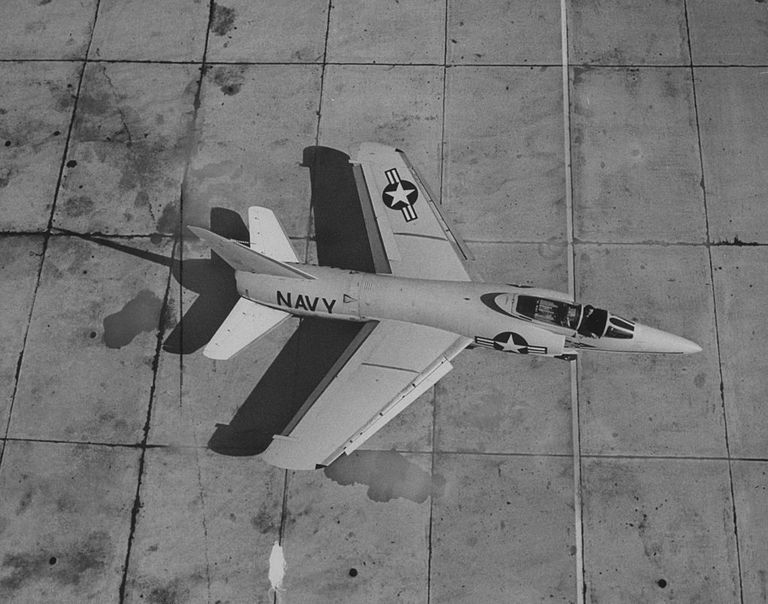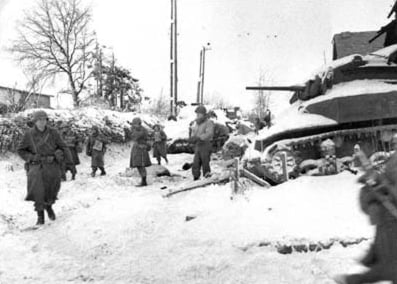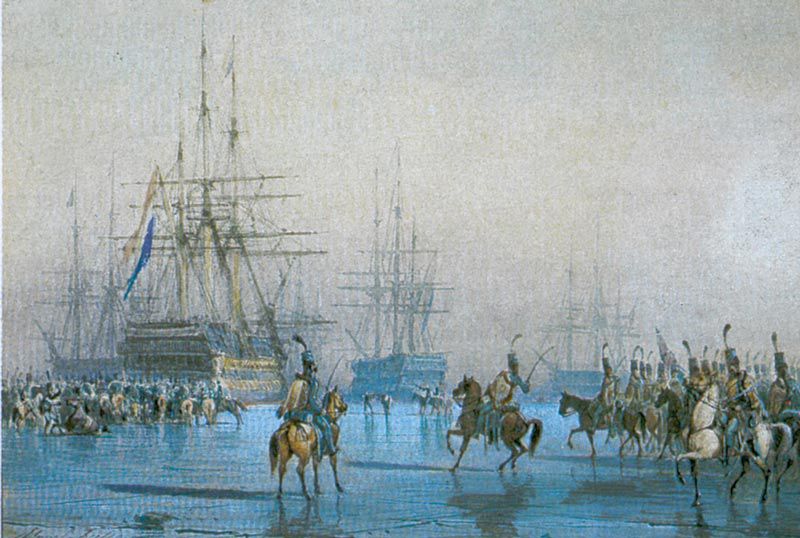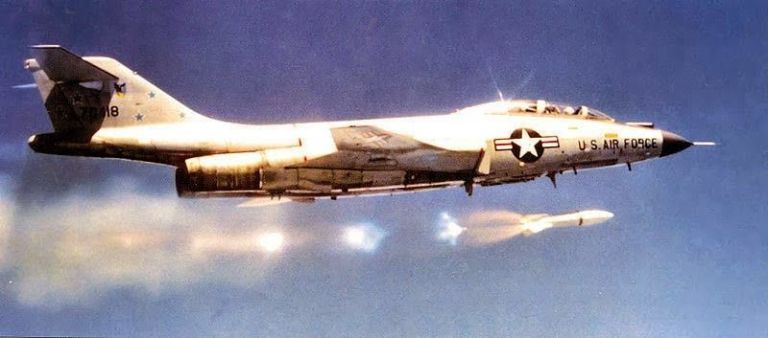The Liberator. A $2.10, single-shot (no magazine) pistol; It was shipped with 10 rounds and an instruction sheet in comic strip air-dropped on Axis-occupied lands; A resistance fighter was to sneak up on an Axis occupier, kill or incapacitate him using the gun, and retrieve his weapons.
FP-45 Liberator For the 3D printed pistol, see Liberator (gun). For the shotgun, see Winchester Liberator. The FP-45 Liberator is a pistol manufactured by the United States military during World War II for use by resistance forces in occupied territories. The Liberator was never issued to American or other Allied troops, and there are few […]

